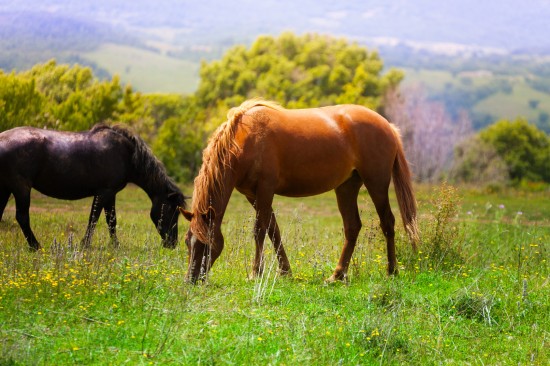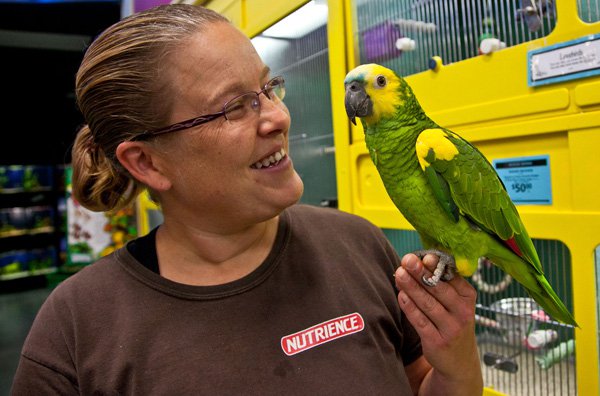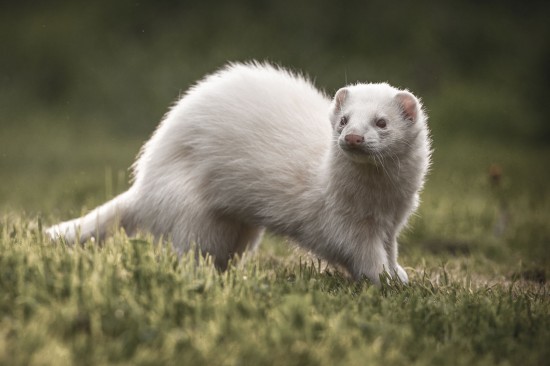Most of us are aware of the Galapagos Islands, the archipelago of volcanic islands 2 hours by plane from the coast of Ecuador in the Pacific ocean. Many of us also know that the animals and plants of the Galapagos Islands provided Charles Darwin with the inspiration he needed to create his famous work "Origin of The Species" and refine his Theory of Evolution. The Islands are famous for their diversity of flora and fauna but if you visit them on a Galapagos vacation or Galapagos cruise package, what are some of the most spectacular and unmissable animals to see?
1) Lonesome George, the Galapagos Giant Tortoise
Reputed to be the last of his kind and belonging to the Abingdoni subspecies, George plods around the Pinta Island in a fruitless search for a mate. Such is natural selection...
The Galapagos Tortoises are huge, with adult males weighing in at around 600-700 lbs and the females between 300-400 lbs. As you'd expect, the pace of life for these creatures in fairly slow, but that doesn't bother them much because the have between 100 and 150 years to achieve their career goals. This "island gigantism" was deemed to occur because the tortoises had no natural predators and as such could grow in size over generations. This was to their disadvantage when humans showed up at the islands in the 17th century, and the population was decimated. Recent conservation efforts are focused on stabilizing the ten remaining subspecies that exist from the initial twelve.
2) The Marine Iguana
The only modern lizard able to forage and live in the sea, Marine Iguanas can dive 30 ft into water. They'll never win any beauty contests, Darwin describing them in his journal as "disgusting, clumsy lizards", but are graceful swimmers thanks to their long flat tail and spiky dorsal fins.
Feasting on seaweed and algae, the Marine Iguana uses its flat snout and sharp teeth to scrape its food off the rocks around the waterline, and some biologically neat glands help filter excess salt out of its blood that it ingests whilst swimming. It gets rid of extra salt by sneezing it through its nostrils, another reason why Darwin found it to be unattractive.
3) The Galapagos Land Iguana
Darwin really wasn't a fan of lizards. The Land Iguanas were written up as "ugly animals", with a "singularly stupid appearance". Once so prolific amongst the islands that the visiting ship's crews couldn't pitch a tent without covering a Land Iguana's nesting hole, the population was all but wiped out by introduced feral animals like cats, dogs, rats and pigs. Meanwhile, the Island Lizards enjoy a symbiotic relationship of convenience with the island birds, who eat the parasites and ticks that inhabit their bodies and cause them discomfort. If not consumed by a rogue pig, Land Iguanas can make it to 50 or 60 years of age.
4) Darwin's Finches
The thirteen endemic (unique) species of finch found on Galapagos known as Darwin's finches formed a huge part of the Theory of Evolution. Nothing special to look at, the finches are about 15 cm long and a dull brown colour. The exciting part of the animals are their beaks, which vary in size and shape. Beaks are highly adaptive depending on the animals food source, and it was this fact that allowed conclusions that organisms adapt to conditions in which they must survive, thus forming the Theory of Evolution by Natural Selection.
5) The Galapagos Penguin
A black and white maverick, the Galapagos Penguin is the only tropical penguin in existence. Around 50 cm in length, these little creatures are on the wrong end of the food chain, mercilessly hunted by crabs, snakes, owls, and hawks. Life doesn't get any easier in the water, where they must avoid sharks, fur seals, and sea lions. Adding the unfortunate influence of humans catching them in fishing nets and destroying their nests in the process of knocking down mangroves, it's clear that the Galapagos penguin has a pretty hard time of things.
Take a trip to the Galapagos with a reputable travel agent or tour operator and you're sure to see these unique creatures and more as you navigate the rich diversity of flora and fauna that the archipelago has to offer. By experiencing first-hand the complex networks of species that inhabit the part of the Earth untouched by human influence for thousands of years, you can hope to get a little closer to understanding who we are and where we came from.

 Caring For The Companion Horse
Caring For The Co
Caring For The Companion Horse
Caring For The Co
 5 Common Houseplants And Flowers That Are Most Toxic To Cats
5 Common Housepla
5 Common Houseplants And Flowers That Are Most Toxic To Cats
5 Common Housepla
 Choose Best Automatic Pet Feeders Interms Of Design, Setup, Cleaning
Choose Best Automatic Pet Feeders Interms Of Design, Setup,
Choose Best Automatic Pet Feeders Interms Of Design, Setup, Cleaning
Choose Best Automatic Pet Feeders Interms Of Design, Setup,
 10 Of The Most Interesting And Useful Ferret Facts
10 Of The Most In
10 Of The Most Interesting And Useful Ferret Facts
10 Of The Most In
 An Introduction To The Various Thai Cat Breeds
An Introduction T
An Introduction To The Various Thai Cat Breeds
An Introduction T